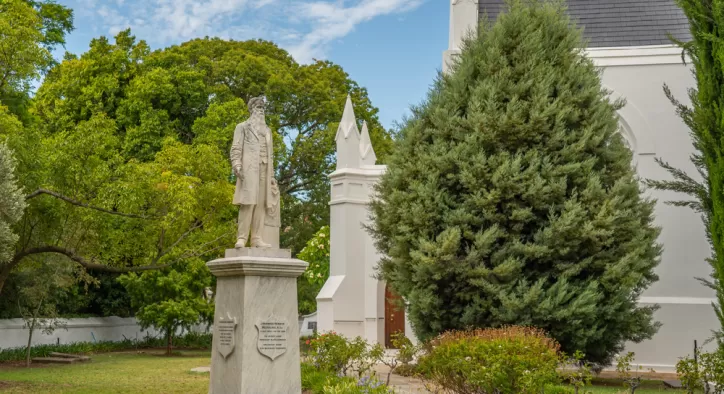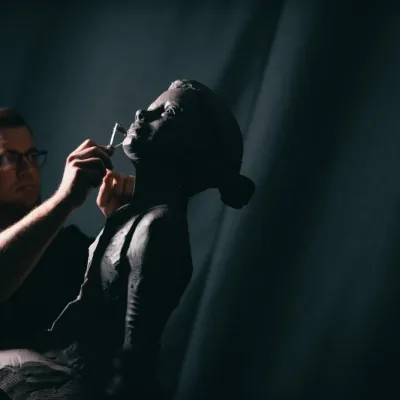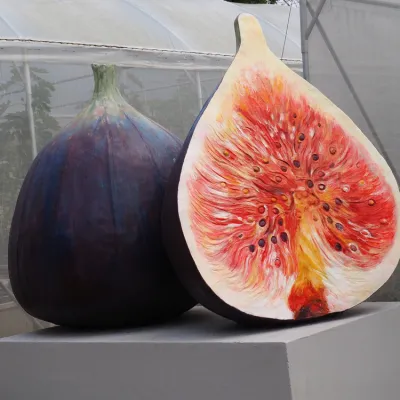- Konu Başlıkları
- What Are the Subtleties of Architectural Sculpture Production?
- How Did Architectural Sculpture Making Come About?
- Why is Architectural Sculpture Made?
- Polychrome sculpture;
- How to Make an Architectural Sculpture?
What Are the Subtleties of Architectural Sculpture Production?
Architectural sculptures, which make a standard-looking building eye-catching and give an idea about the history and value of the structure, increase the aesthetics of the structures with their touch. The subtle details, figures, the emotion they present or the message they reflect of architectural sculptures make the buildings more interesting and increase their area of influence.
Architectural sculpture companies can produce these designs for public institutions, commercial buildings and private structures. When it comes to architectural sculpture production, the concepts of aesthetics and architecture come together and create a more respected, powerful and creative picture. Of course, it would not be right to expect these results without the flawless architectural sculpture design and architectural sculpture production. Therefore, first of all, it is necessary to make the right choice among the companies that produce architectural sculptures.
[widget-133]
How Did Architectural Sculpture Making Come About?
Before talking about the process of making architectural sculptures, it would be more accurate to mention how this habit emerged in architecture. During the Ancient Civilizations, architectural sculpture began to be made to symbolize the power and divine connections of the pharaohs. Similarly, in the Greek civilization, the Parthenon figure was made as the protector of the temple and Athens. Then, architectural sculptures were included in temples and monuments in the Roman Empire. Trajan's Column can be given as an example of architectural sculptures depicting the Dacia campaign of the Roman Emperor Trajan.
While architectural sculpture was shaped by the influence of Christianity in the Middle Ages, the monumental architectural sculptures of the Romans paved the way for the making of religious sculptures. During the Renaissance, architectural sculpture and architectural sculpture production reached their peak. Sculptors such as Michelangelo gained fame in architectural sculpture design and architectural sculpture production by bringing together architecture and art.
Following the sculptures made in churches and public buildings, structures such as churches, palaces, public buildings and mansions were revived with architectural sculpture production in the Baroque and Rococo periods of the 17th and 18th centuries. From the 19th century to the present, the understanding of aesthetics has also been reflected in the process of architectural sculpture production along with modern art movements.


Why is Architectural Sculpture Made?
We have listed the purposes of architectural sculpture production in the past. Architectural sculptures, which were made to increase the power of the leader, his connection with God, the grandeur of palaces, religious centers and public buildings, are also made today to add aesthetic value to structures, to give identity, to give social and cultural messages and to attract the attention of visitors.
Architectural sculpture design is made to add artistic aesthetics to plain-looking structures, to add visual richness, to ensure that the structure is perceived as a work of art rather than a building, to give social messages and to protect cultural heritage. Architectural sculptures are designed to strengthen the experience in public spaces.
Polychrome sculpture;
It is a concept that means multi-colored sculpture, coming from the Greek words poly (many) and chrome (color). Sculptures painted in different colors are called polychrome sculptures. Although most of the ancient Greek sculptures are known as white, their clothes, hair and eyes were actually painted in original and vibrant colors. In other words, many of them were polychrome sculptures.
How to Make an Architectural Sculpture?
Architectural sculpture is made with various materials such as limestone, quartz, granite, marble or metal. 3D modeling or traditional sculpture production methods can be used for architectural sculpture design. The first step in the architectural sculpture production process is to determine a concept compatible with the structure and design of the building. In the plan determined in accordance with the location, dimensions and purpose of the architectural structure, companies that produce architectural sculptures first prepare a sketch.
After determining what kind of detail the sculpture will add to the structure and the details are finalized, architectural sculpture companies decide on the most appropriate material. After choosing between architectural sculpture materials such as bronze, metal, clay, resin, fiberglass, stone and concrete, the production and shaping phase is started.
[widget-134]
First, a small-scale prototype is made for architectural sculpture design. The sculpture is given its main form by pouring the material to be used in the casting phase. Another stage of architectural sculpture production is carving and carving processes. After the polishing and protective coating processes, architectural sculptures are assembled and integrated with the space.















